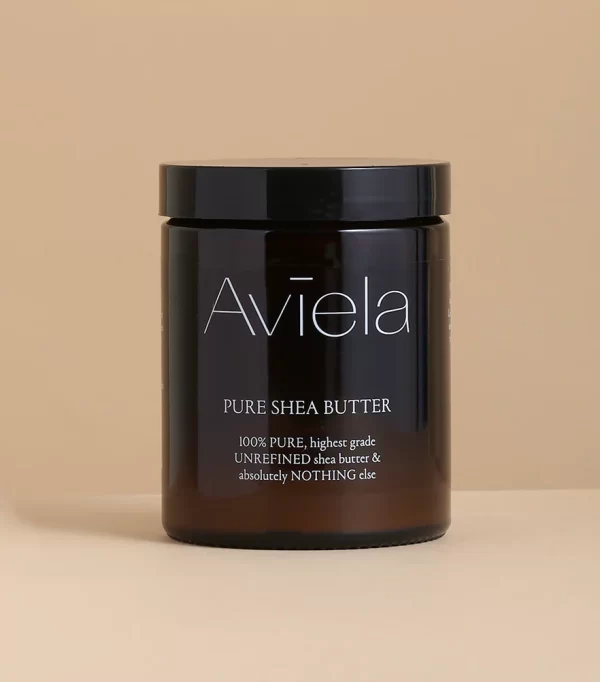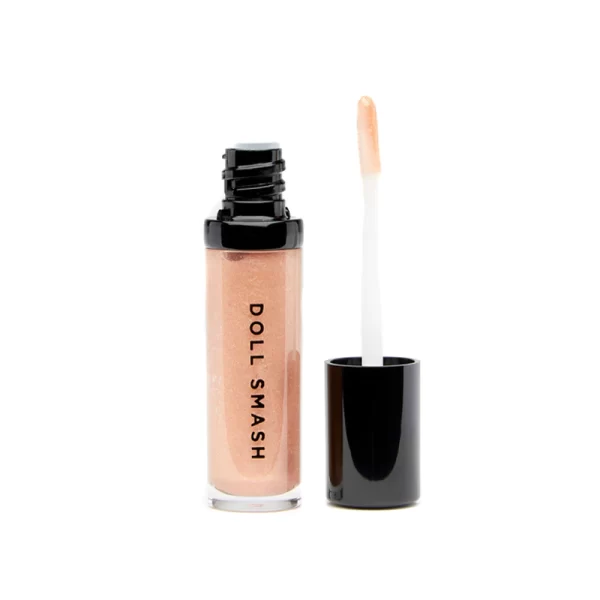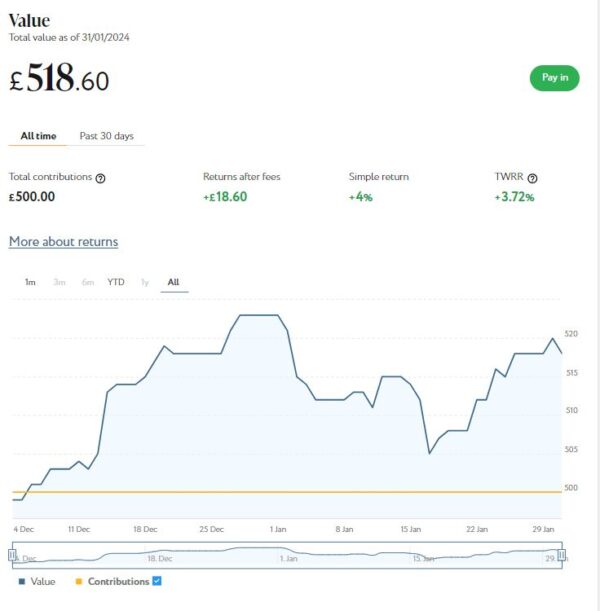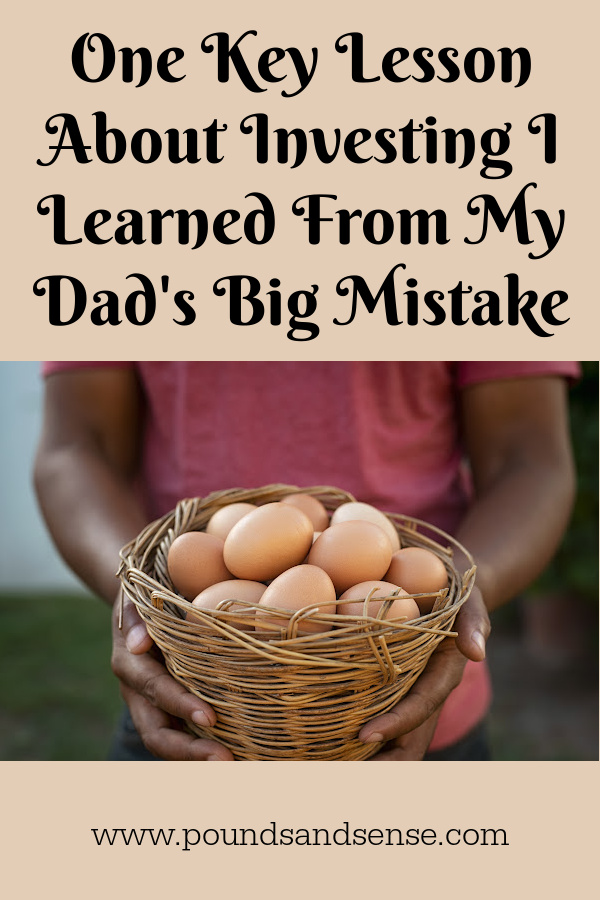Mother’s Day 2024 Giveaway and Gift Guide
Mother’s Day is coming, so here’s a chance to make it extra special for one lucky winner!
I’ve joined forces with some of my fellow UK bloggers in this giveaway with multiple prizes. Entering the giveaway is free of charge and full instructions can be found below.
There are multiple ways to enter, and the more you do, the better your chances of winning. But note that where an entry requires following a social media account, you will need to continue following this account until the winner has been drawn on Sunday 10th March 2024 (Mother’s Day). Before the winner is announced the organisers will check that they are still following the account in question. If not, they will be disqualified and another winner drawn.
This giveaway has been organised by my fellow blogger Rowena Becker, who blogs at My Balancing Act. Please check out her blog and those of the other talented bloggers taking part (listed below). And read on for full details from Rowena of all the prizes on offer and how you could win this great prize bundle!
Welcome to the ultimate Mother’s Day Giveaway and Gift Guide! This is brought to you by a collaboration of some of the UK’s leading bloggers.
We understand that finding the perfect gift to express gratitude and love for the special women in our lives can be a daunting task. That’s why we’ve come together to curate an exceptional selection of prizes that are sure to delight any mother.
This guide not only aims to make your gift shopping easier but also adds an exciting twist with a giveaway that could win you these wonderful items.
Join us in celebrating motherhood this year by taking part in this fantastic opportunity to spoil your mum – or yourself! Show her just how much she means to you ❤
Table of Contents
Meet the Bloggers
In order to be able to bring you this incredible giveaway, some of the UK’s top bloggers got together. A massive thank you to our bloggers! The bloggers taking part are:
My Balancing Act | Pounds and Sense | Boxnip | Jenny in Neverland | Crazy Little Thing Called Love | Best Things To Do In Cambridge | Two Plus Dogs | Afshanesque | My Frugal Wife | Crafted With Perfection | Mrs Pinch | Make Money Without A Job | Hannah and the Twiglets | Paternal Damnation | Accidental Hipster Mum | Birds and Lilies | The Happy Budget | Notes from a kitchen | Cats Kids Chaos | Everything Enchanting | Life with Jupiter & Dann | Effervescent Kelly | You Have To Laugh | My Tunbridge Wells | Edinburgers | Discover Kent | Mummy and me x2 | Catch Up With Claire | Synderella Slims | Beauty & Flowers | We Made This Life | My Life Your Way | We Made This Vegan | Real Girls Wobble | Lifestyle Original | Dog Friendly Things | Joanna Victoria | At Home With The Bayfords | Cosy Cottage Chronicles | Diary of the Evans-Crittens | A Suffolk Mum | Sustainable Business | Anything and Everything Else | Cyprus Property Blog | The Money Making Mum | The Property Investor Blog
The Prizes
Art File Jungle Animals 1000 Piece Jigsaw Puzzle from Gibsons Games
Delight in the vibrant Art File Jungle Animals 1000 Piece Jigsaw Puzzle. A tribute to the diverse beauty of our planet’s wildlife. Crafted with precision and creativity by an award-winning designer from The Art File, this puzzle captures the essence of nature’s splendour. As a joint venture between Gibsons Games and The Art File, two renowned British family businesses, this jigsaw puzzle represents their shared commitment to quality and innovation.
Each of the 1000 pieces contributes to a stunning visual experience, making it not just a puzzle but a piece of art. This makes it an excellent gift for mums who appreciate both the challenge of a jigsaw and the aesthetics of fine art. Plus, it’s part of our exciting prize bundle – a perfect blend of challenge, relaxation, and artistic appreciation.

Liquid Silk Perfect Cleansing Oil (100ml) from DJUSIE
Introducing Liquid Silk Cleansing Oil, the ultimate cleansing oil that will leave your skin feeling smooth and rejuvenated. Designed for all skin types and ages, this luxurious oil delivers a refreshing clean to both oily and dry skin, leaving it perfectly balanced and radiant. Not only is it functional. It also provides a luscious sensory experience with its effortless formula to even remove waterproof makeup.
The refreshing and uplifting scent of lime, red grapefruit, jasmine, and geranium creates a fruity and nuanced aroma that will invigorate your senses. This luxurious blend not only nourishes your skin but also has a positive impact on your mood. The application process is simple. Massage a few drops onto dry skin in circular motions to dissolve impurities and makeup. Then rinse with water. Your mum will be left with soft, supple, and glowing skin that she’ll love. We have one to giveaway to our lucky prize winner!

Pure Shea Butter (180ml) from Aviela
Next up on our pamper list is the 100% pure, highest grade unrefined Shea butter. The perfect choice of gift to show our appreciation and love for the incredible mothers or women in our lives. Packed with essential fatty acids, vitamins A and E, with natural soothing properties, the Shea butter deeply hydrates and nourishes the skin. It quickly absorbs into the skin, leaving it supple and glowing while also creating a protective barrier to prevent moisture loss. This makes it an ideal addition to any skincare routine for all skin types.
The luxurious butter, suitable for use from hair to toe, offers exceptional hydration, outstanding nourishment, and remarkable skin-softening effects for all skin types. It’s particularly effective in combating dryness and soothing irritated skin. As part of our Mother’s Day giveaway, we’re excited to offer one lucky winner the chance to experience these benefits firsthand. Don’t miss out on your opportunity to win this sumptuous treat for your skin!

TIMELESS RENEWAL BIO-RETINOL BODY OIL (100ml) from Evolve Organic Beauty
Evolve Organic Beauty’s latest addition to the age-defying product line, this divinely scented firming body oil is a treat for all skin types, including dry ones. The blend of Retinol analogue Bidens Pilosa, Hyaluronic Acid, Organic Macadamia Oil, and Apricot oils work in harmony to nourish, firm, rejuvenate and smooth your skin while also improving its elasticity and locking in hydration for a youthful glow.
Infused with the organic essential oils of Rose Geranium, Ylang Ylang and Mandarin, the timeless renewal bio-retinol body oil not only pampers your skin but also delights your senses. This Mother’s Day, consider gifting this luxurious body oil to the most important woman in your life. It’s a thoughtful gift that shows you care about her well-being and is part of our Mother’s Day prize bundle. This product is more than just skincare. It’s a chance for her to indulge in a moment of self-care, making it the perfect gift for any occasion.

Paradise Luxury Gloss (Colour: Spell) from Doll Smash Cosmetics
Presenting the Paradise Luxury Gloss from Doll Smash Cosmetics. A luxe lip enhancer that promises brilliant shine, a smooth look, and a luscious feel. This high-quality gloss is designed to elevate your lips while diminishing any imperfections. Its unique formula is far from the sticky or tacky feel of traditional lip glosses. Instead offering a soft, creamy texture that leaves your lips feeling deliciously smooth. The immediate, radiant shine it delivers makes it an instant favourite.
As part of our prize bundle, this gloss makes an excellent gift for mums who appreciate a touch of luxury in their makeup routine. It’s more than just a gloss – it’s a ticket to a pampering experience that every mum deserves.

£50 Amazon Voucher from Make Money Without A Job
Make Money Without A Job is donating a £50 Amazon Voucher to our lucky winner! Check out Make Money Without A Job if you’re looking for ways to earn extra money. Because Make Money Without A Job does exactly what it says. There are over 3,000 articles about making money from side hustles and starting your own business. Whether you want to make £100 a month or £5,000 a month there are ideas for everyone!
What’s more, there’s a free daily draw to win £10, and if it isn’t claimed, the prize rolls over. They’ve given away multiple prizes over £100 to lucky winners. Check out the draw at www.makemoneywithoutajob.com/draw
How to Enter
You can enter the Giveaway by completing as many Rafflecopter widget entry options below as you like. All entries will be collected, and one winner will be randomly chosen via Rafflecopter. Good luck!
Terms and Conditions of the Giveaway
- UK entries only.
- The giveaway will run from 8 pm 3rd March 2024 to 8 pm 10th March 2024.
- The winners will be notified by email from rowena@mybalancingact.co.uk
- The winner will have 7 days to respond after which time we reserve the right to select an alternative winner.
- This prize draw is in no way sponsored, endorsed or administered by, or associated with, Facebook, Instagram, X, YouTube, BlogLovin or Pinterest or any other social media platform.
- Prize open to over 18s only. Age verification may be required to receive some prizes.
- Some or all of the prizes may take a few weeks to arrive.
- If any prizes are out of stock then we will do our best to find a suitable replacement but cannot guarantee it.
- Anyone who unfollows before the giveaway ends or doesn’t complete the required entry action will be disqualified.
- The prize is non-transferable, non-refundable and cannot be exchanged for monetary value.
- We may be using a parcel service or Royal Mail for some of the prizes and their standard compensation will apply in the event of loss or damage.
- Some items may be sent directly by the supplier and we do not have responsibility if these go missing and we cannot replace these.
- In the unlikely event one of the companies withdraws a prize, we cannot offer an alternative.
- The winner’s name will be stated on some or all of our bloggers’ websites and announced on Twitter and other social media channels. It will also be displayed on the Rafflecopter entry form. By entering this prize draw, you give your permission for this.
- Please note the winner may have the same name as you so if you see your name displayed, be aware that you are not the winner unless you have been notified by us.
- There may be some delays in receiving prizes.
Good luck, and I hope a Pounds and Sense reader wins this wonderful prize bundle!




















